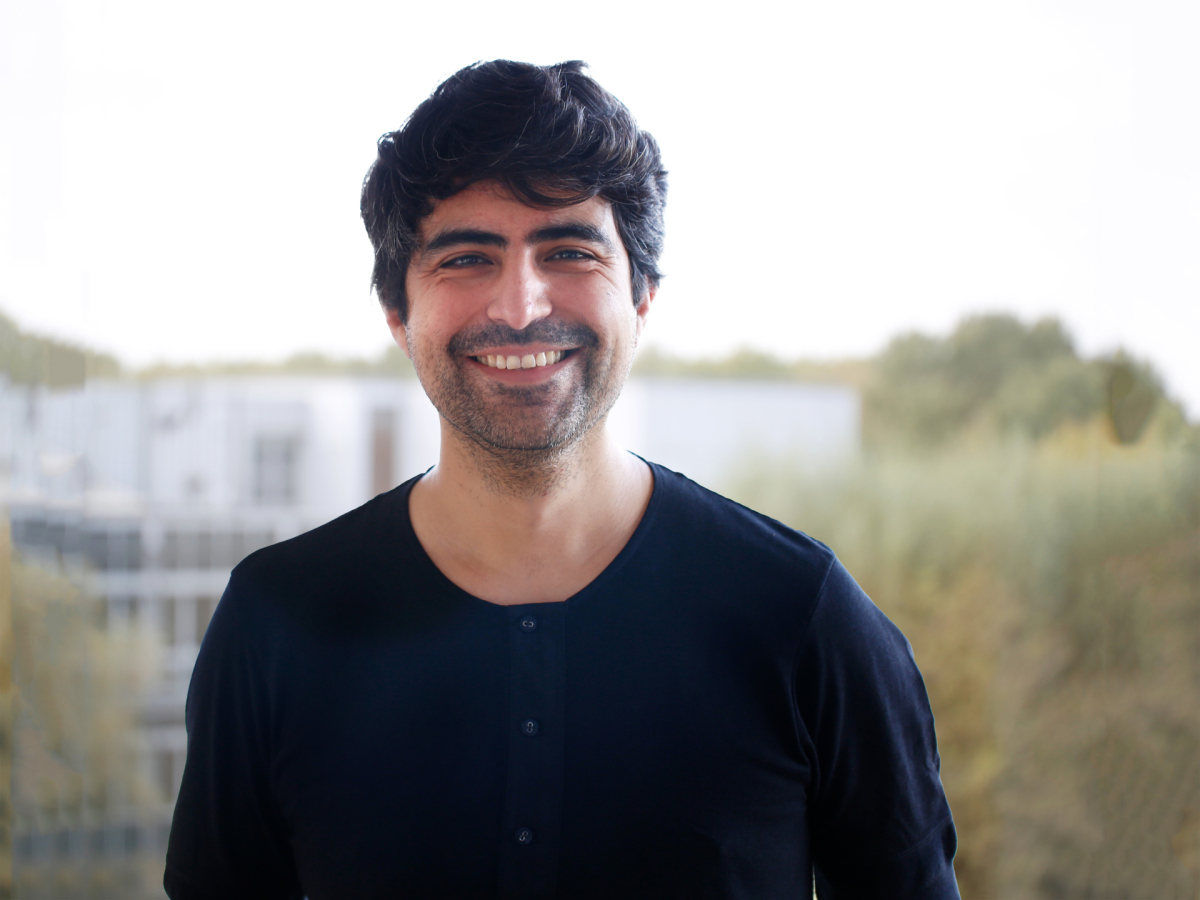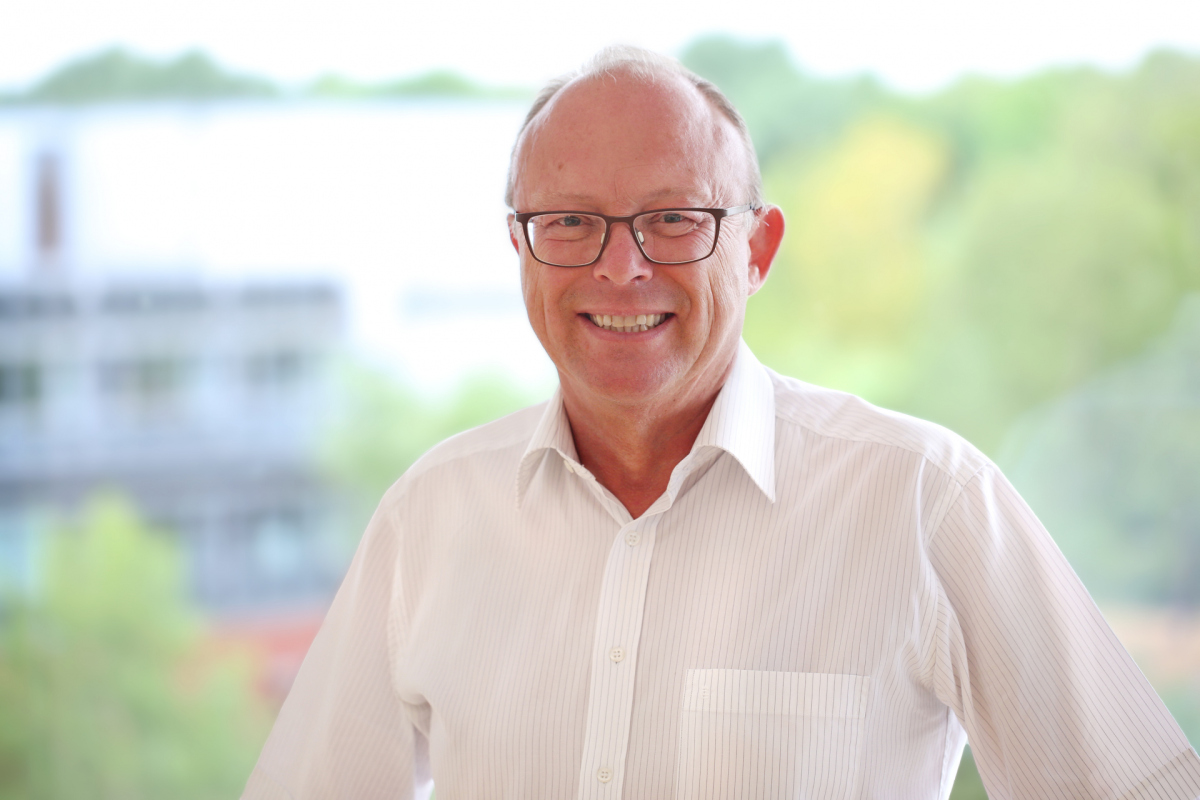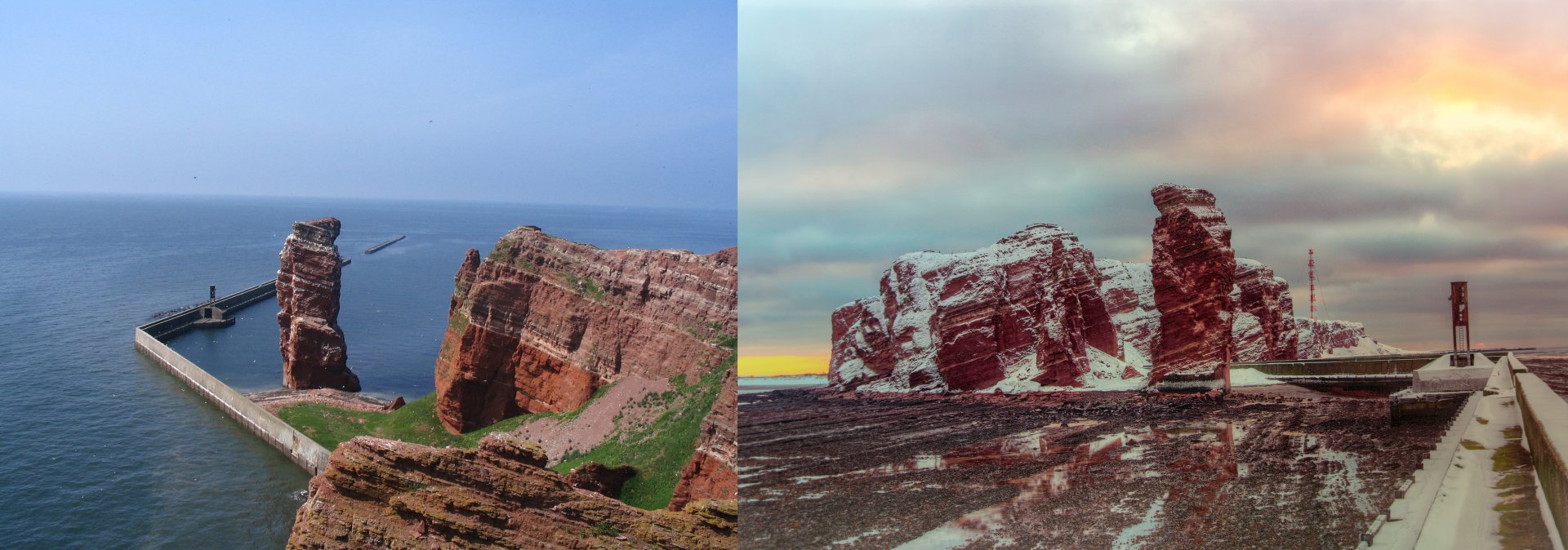- Press Office
- Press releases 2019
- Ecological significance of MGII-microbes in the North Sea
Ecological significance of MGII-microbes in the North Sea
The discovery of marine planktonic archaea almost thirty years ago resulted in a paradigm shift in our understanding of both archaeal ecology and marine microbiology. Microbial plankton was expanded by archaeal communities, amongst them the so-called uncultured marine group II (MGII). At that time, it seemed hard to reconcile the extremophile character of known archaea with the innocuous conditions of coastal marine environments. Nonetheless, subsequent research confirmed the global distribution of marine archaea.
Recent efforts have revealed new facts and figures about the still-uncultured MG II. Researchers observed increased abundances for MGII populations following algae blooms as well as distinct seasonal dynamics of two groups within the MGII communities. Moreover, massive sequencing efforts have recently unveiled the genetic characteristics of these groups.
Now a study by researchers from the Max Planck Institute for Marine Microbiology in Bremen, Germany, provides a deep look into the ecological significance of MGII-archaea. “We combined a metagenomic and visualization approach to understand the role of MGII in coastal marine environments. These two techniques allowed us to understand how the genomic characteristics and cell size explained the changes in MGII-abundance during the year”, first author Luis Orellana explains.
Orellana and his colleagues collected surface water samples off the North Sea island of Heligoland in the German Bight. “We found that these archaea have different populations during winter and summer,” Orellana reports. “They might participate in the degradation of recalcitrant organic compounds and peptides left in the aftermath of spring algae blooms in the North Sea. Thus, these archaea are likely an important component of the microbial community for organic matter remineralization.”
This study documents the diversity and ecology of marine MGII of the winter and summer seasons of the coastal North Sea in unprecedented detail. The combination of different (meta-)genomic and microscopic techniques allowed us to detect a pronounced niche separation of annually recurrent populations. “This provides an exciting insight into one of our research focuses, the role of recurrent phytoplankton blooms in the North Sea and its impact on the marine carbon cycle,” says Orellana.
“From our microscopic pictures, we realized that the relatively small roundish shape of MGII-cells likely protects them from being eaten by larger organisms,” Orellana continues. “At the genomic level, both the summer and winter population possess just the right metabolic abilities to thrive under the respective ecological conditions.” Still, many questions remain unanswered, especially as long as MGII cannot be cultured. “We have now gained an important insight into some of the secrets of the MGII-archaea and their role for marine carbon cycling”, Orellana concludes. “Next, we want to better resolve their metabolism and dig deeper into their ecological significance in coastal seas.”
Original publication:
Luis H. Orellana, T. Ben Francis, Karen Krüger, Hanno Teeling, Marie-Caroline Müller, Bernhard M. Fuchs, Konstantinos T. Konstantinidis, Rudolf I. Amann: Niche differentiation among annually recurrent coastal Marine Group II Euryarchaeota. The ISME Journal.
Participating institutions:
-
Max Planck Institute for Marine Microbiology, Bremen, Germany
-
Georgia Institute of Technology, Atlanta, USA
Please direct your queries to:
Group Leader
ERC Research Group for Ecological Genomics
Dr. Luis Humberto Orellana Retamal
MPI for Marine Microbiology
Celsiusstr. 1
D-28359 Bremen
Germany
|
Room: |
2226 |
|
Phone: |

Managing Director
Department of Molecular Ecology
MPI for Marine Microbiology
Celsiusstr. 1
D-28359 Bremen
Germany
|
Room: |
2221 |
|
Phone: |

Head of Press & Communications
MPI for Marine Microbiology
Celsiusstr. 1
D-28359 Bremen
Germany
|
Room: |
1345 |
|
Phone: |

